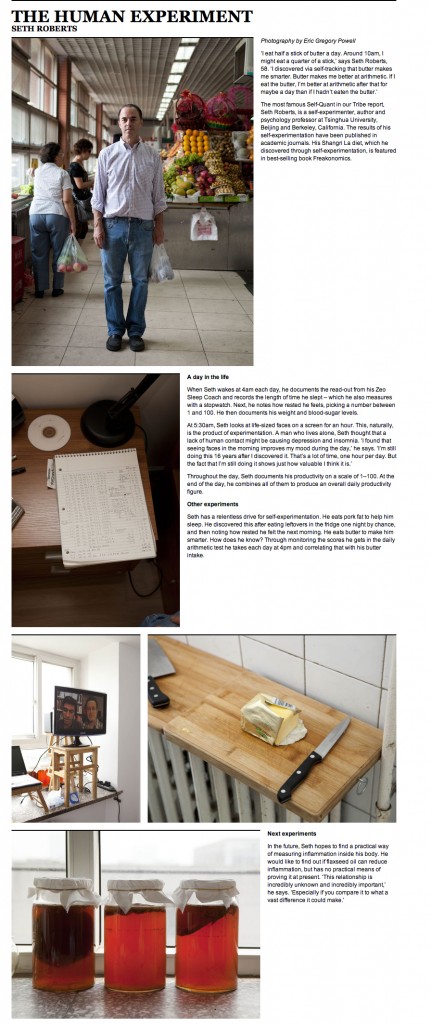A reader of this blog named Heidi noticed the discussion of “kombucha” made by fermenting fruit juice with a kombucha culture (SCOBY) started by Parker Bohn. She wrote as follows:
I read somewhere on the internet that kombucha was traditionally brewed with rosehips and elderberries. Since then I’ve been combining tea (either green, black, or raspberry leaf) with several kinds of wild fruit and making some absolutely amazing kombucha! (Before then I experimented with lots of different herbal kombuchas with different medicinal properties.) Black current, rosehips, elderberries, sumac berries, autumn olive berries, black cherries, and raspberries all made excellent kombucha. The best results seemed to be from tea combined with two different fruits, one tart and the other with a unique flavor. I also tried wild grape juice and hawthorn fruits but wasn’t as happy with the results, though the kombucha was still good. Also the SCOBY grows thicker with the tea and fruit combos.
I still used the same amounts of sugar and tea that I had been using, but I was using tart wild fruits that weren’t as sweet as store brought juice. My brew of tea, wild fruits, and sugar was a lot stronger and more flavorful than the weak tea and sugar combo that most people use. I would have two or more people sample the results. Different people would have different favorites, but everyone agreed that the fruit and tea combos were the best kombucha they’d ever had.
I also created herbal kombuchas to target different health issues that people had. For example I made a kombucha with wormwood and other parasite killing herbs. After awhile, I pushed it too far with the herbs though, and the SCOBY stopped fermenting well and started to mold. I was able to nurse it back to life though. Certain herbs work much better than others.
Perhaps a mixture roughly half tea and sugar, half fruit juice will work best. At least, that’s where I’ll start exploring these possibilities. I may never go back to traditional kombucha. Because they are more complex, I can easily believe these newfangled brews taste better. It’s interesting they aren’t available commercially. Flavored kombucha drinks in stores are kombucha with small amounts of fruit juice added at the end.
